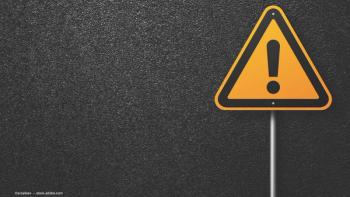
Successful macular hole closure
It is not necessary for patients to remain face-down for more than 24 hours to ensure successful macular hole closure, according to study results published online ahead of print by the British Journal of Ophthalmology.
It is not necessary for patients to remain face-down for more than 24 hours to ensure successful macular hole closure, according to study results published online ahead of print by the British Journal of Ophthalmology.
Macular hole closure was achieved by just one operation in 93% of eyes (n=52). Mean postoperative visual acuity was 0.41 logMAR (20/50 Snellen). The mean follow-up period was 5.2 months.
Therefore the researchers concluded that - since macular hole closure was achieved in the majority of cases by just one operation with only one day of prone positioning - sustained prone positioning is not necessary for successful hole closure.
Newsletter
Get the essential updates shaping the future of pharma manufacturing and compliance—subscribe today to Pharmaceutical Technology and never miss a breakthrough.















































